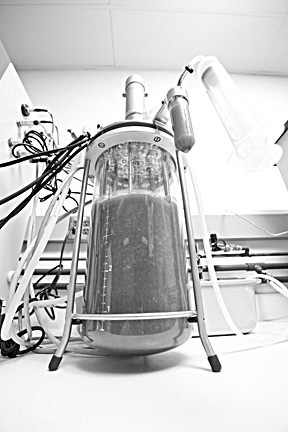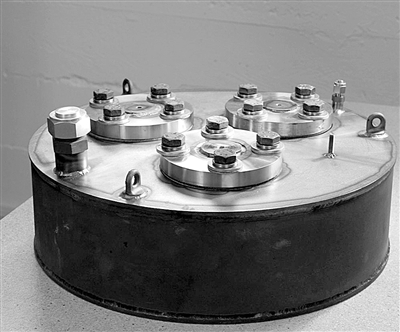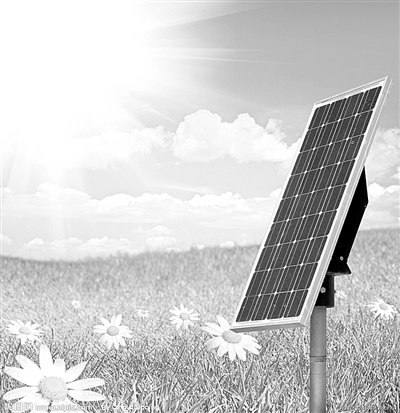According to the British "Economist" magazine website recently reported that the following five major breakthroughs in innovative energy technology will help to change the current human fossil energy-based status quo, changing the way we access to energy to ensure our energy security.
Biofuels made from algae: high energy efficiency

There are two major drawbacks to making biofuels from edible crops such as corn or sugar cane: one is the aggravation of food crises that compete with grain and compete with others, and the overwhelming burden on humankind today; on the other hand, Great pressure on freshwater supplies. Algae is ordered by the crisis, to come forward. Seaweed does not occupy land and fresh water, not compete for grain, not compete with grain, as long as the sun and sea water can grow, even in wastewater and sewage can grow.
Scientists' calculations show that algae can produce thousands of gallons of gas per acre, and that crops grown on the same size can produce hundreds of gallons of gas in a single area. However, scientists are now faced with the question of how to conduct mass production in a more economically viable way.
Liquid metal batteries: small head, strong storage

At present, scientists have not yet developed a cost-effective method of mass storage of electricity in the power grid, which has become a shy of renewable energy development. MIT's liquid metal batteries seem to be a better solution.
According to foreign media reports, the research team led by Donald Shadvi, a professor of materials science and engineering at MIT, has succeeded in creating a liquid metal battery. The structure of liquid metal batteries is actually very simple, on both sides of the liquid metal electrode, sandwiched between the molten salt. One day in the future, liquid metal batteries are expected to generate renewable energy such as solar energy, making energy storage on solar panels and wind turbines easier, helping scientists build more reliable power grids.
Lithium-air battery: storage capacity of lithium batteries 10 times

Currently widely used lithium-ion batteries in the chemical composition of the lack of gasoline energy density, when used in electric vehicles such batteries, a charge can only travel a limited mileage, therefore, lithium-ion batteries need a better chemical composition.
Lithium-air batteries - the use of oxygen in the air instead of metal oxides - came into being. Lithium-air battery storage capacity for the best performance of lithium-ion batteries more than 10 times. Principle of power generation is lithium air battery, lithium metal oxidation and lithium ion electrons , lithium ions, electrons and oxygen molecules in the air subjected to reduction reaction to generate electricity. Because air is available everywhere, people can make lithium-air batteries lighter and smaller, eliminating the need to worry about fuel storage.
Efficient solar cells: high conversion efficiency

Commercially available solar panels convert less than 25% of the solar energy into electricity. DARPA's ongoing "VHESC" R & D project may allow people to get solar cells up to 40% or higher in conversion rates, completely changing the way electricity is produced.
Advanced nuclear energy: inert gas to make coolant

Cooling is an essential process for nuclear reactors to work and ensure safety. Most reactors use large amounts of water as coolant. Instead, the new nuclear reactors use inert gas instead of water as coolant or convection instead of water pumps.
Foshan Yajieyuan Technology Co., Ltd , https://www.yjymiclean.com